In recent times, we have all been reminded of the tragic loss of human life and the truly devastating damage which resulted from the bombing campaign of Britain by the Luftwaffe during the Second World War – more commonly referred to as ‘The Blitz’. These huge barrages of high-explosive, shrapnel and incendiary bombs were dropped on Britain in huge quantities, their official aim to destroy military sites in the war effort, but also to break down the morale of civilians caught in the cross-fire. In turn, cities could be raised to the ground in one single night of effective and accurate bombing, as seen in Coventry.
Much has been made of the London Blitz, indeed over the years I have had the privilege to handle, catalogue and sell a number of fine awards for events all across the Capital. But unsurprisingly a number of other cities also took the brunt of these concentrated bombing attacks with their stories perhaps taking a little less of the limelight than they deserved.
The case of Plymouth, the port city in Devon and home of the historic Naval Yard ‘Devonport’ is one which sprang to mind for this article. Her port was of huge interest to the enemy due to its importance in the Battle of the Atlantic. As a result the first bombs fell on the city on 6th July 1940 at Swilly, killing 3 civilians. Some respite followed before the raids of early 1941, with five main raids which all but destroyed the city. German raids continued, albeit in a smaller manner, until May 1944.
During the 59 recorded bombing attacks, some 1,172 civilians were killed and 4,448 injured. It is worth noting the death rate in comparison to that of the London Blitz. Considering population estimates for the period, a Plymouth resident faced a 1 in 150 chance of death during the Blitz, while a resident of London could count their chances at approximately 1 in 200.
During the raids of 1941, a plethora of extremely gallant acts were performed, both by those in the uniformed services and civilians who found themselves thrown into the crucible of war. One such story which deserves the highest praise, performed almost 80 years to the day of publication, is that of Dr. AJ ‘Mac’ McNairn.
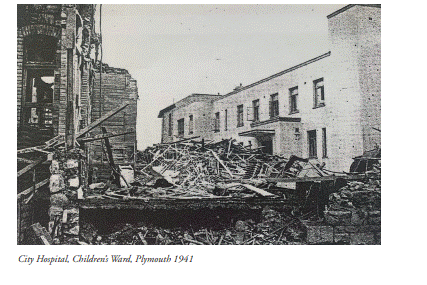
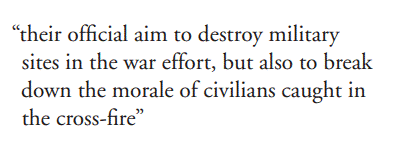
Alison Jean McNairn was initially refused a commission in the Royal Army Medical Corps at the outbreak of the Second World War; they apparently had enough women doctors. Instead she went to the City General Hospital, Plymouth and was appointed Head of the Obstetrics and Gynaecology Department. It was almost fate that on 20th March 1941, the King and Queen paid their first visit to Plymouth during the War. Having visited sites and mixed with many residents, their Majesties where taking tea with Lord and Lady Astor at Elliot Terrace, when the first warning of an air attack came.
Thankfully this passed without event and the visitors made their way back to London. Just two hours after they departed, however, the city faced its most devastating attack since the war had begun. Swarms of Heinkel III bombers at 9,000-11,500ft set sights on Plymouth and unloaded their payload with shocking accuracy, pouring 34 delayed action high-explosive bombs, followed by some 12,500 incendiary and other high explosives that night. Once the first wave had unloaded on Plymouth, another two squadrons followed the attack up with the same intensity, the attack including seventeen blockbuster bombs of 1 tonne each. The facts of her bravery are immortalised in the citation for her George Medal (just one level below the George Cross), published in the London Gazette on 21st May 1941;
‘Dr McNairn was buried to the neck in debris in the Children’s Ward when it was hit [on 20th March 1941]. She was extricated, and despite her shock and injuries, made no complaint, and went on with her work. She assisted in rescue work in the Children’s Ward, helped in the Maternity Ward, and gave medical assistance to a case in labour. She then saw injured patients from the wards and certain air raid casualties admitted to the hospital. Only when operations were in progress and duties were lessening, could she be prevailed upon to have treatment for fractured ribs which she had sustained when the ward collapsed. She had continued to work nobly despite what must have been severe pain, and has continued her duties ever since.’
The story is taken up by Major Henderson in Fashioned into a Bow – How resolute, heroic women earned the George Medal:
‘She had been reassuring the mother of a newly-admitted patient in the children’s ward which had suffered most damage and which, in addition to sick children, provided shelter for a number of babies and toddlers who had been taken into care. Immobilised as she was, she had to warn rescuers not to walk all over her as they strove to reach those casualties that they could see in the poor light. Despite her injuries and the effects of shock, once she had been released, she went into the area in which she could see that children were being laid out in a row and then spent the rest of the evening establishing which were still alive. These she carried, one at a time, to the adjoining maternity wing where they were put into beds beside the patients already tucked up there, these children remaining there, comforted, until their needs could be attended to.

She also gave assistance to a woman in labour, then dealt with injured patients brought from other hospital wards and certain air-raid casualties which had been admitted from outside. Dr. McNairn did not consent to having her own injuries dealt with until surgical operations were again in progress in the hospital and the pressure of duties was lessening. Despite having been on duty since 8am on the 20th she continued to work although suffering considerable pain which persisted even after being treated, and did not go to bed until 6am next morning, at the end of a period of duty extending over 22 hours. Afterwards, in spite of her injuries, she returned to her duties without taking any time off – the very thought of which she has since described to the author as ‘ridiculous!’.
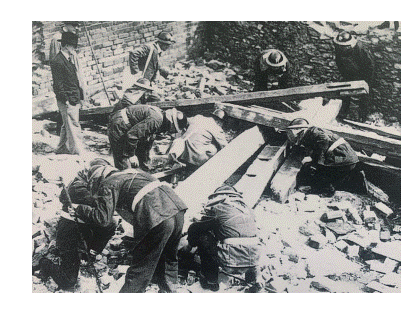
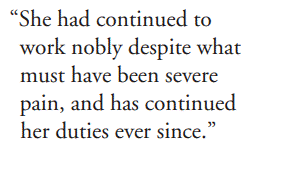
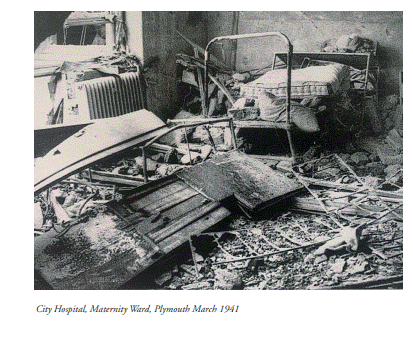
Alison goes down in history as a heroine of the Plymouth Blitz and is one of only 68 female recipients of the George Medal to date. She was eventually admitted to the Royal Army Medical Corps and ended the War as a Major, meeting her future husband soon after. She died in Yorkshire in 1999. Her awards will be offered in our 7th-8th April Auction, Orders, Decorations and Medals, in London as Lot 375 (Estimate £7,000-9,000).

